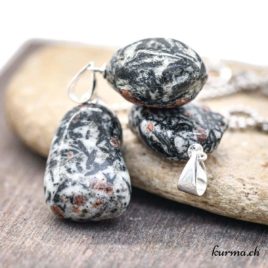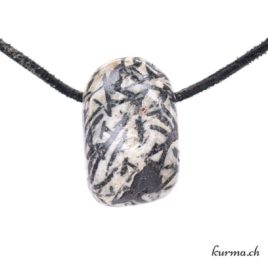Hornblende
gemstones
Hornblende is a variety of amphibole, a mineral that forms prismatic or needle-like crystals.
Stabilizing and protective in lithotherapy, it is an excellent ally for calming inner conflicts.
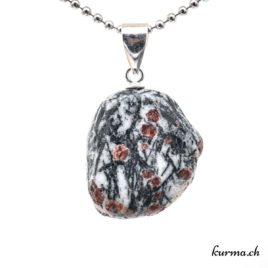

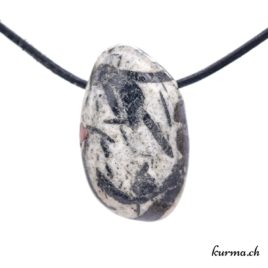


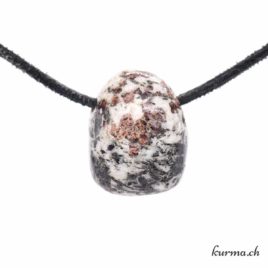
What are the virtues and properties of Hornblende in lithotherapy?
A powerful earthly symbol
Associated with strength and stability, with a profound nature, Hornblende is conceived in ancient Greco-Roman traditions as a stone resolutely linked to the powerful spirits of the earth.
Lithotherapy benefits
Its symbol in lithotherapy is the alliance of endurance and resilience.
Providing anchorage and protection, it favors a position of mediation and meditation in search of wisdom.
It establishes the limits of emotional investment and the necessary resistance to negative energies. At this median point, it promotes clear, structured and concise thinking.
Hornblende can help you to accept and harmonize the different facets of your being.
On a physical level
According to tradition, its action is beneficial in facilitating the assimilation of vitamins and minerals.
Hornblende can help and be used to support psychic disorders such as split personalities, spiritual crises and psychosomatic pathologies.
What lithotherapy stones does it go with?
- Combined with Black Obsidian, it can reinforce protection and anchoring
- with Smoky Quartz, it nourishes stability and mental clarity
- combined with black tourmaline to get rid of negative energies
- associated with Labradorite for intuition and protection.
How do you purify Hornblende?
Moon/sun, running water, waveform, fumigation, singing bowl, breath/wind, prayers...Chakra
1er chakra - RootAnchoring and securing the mind
Astrological signs
Capricorn, Taurus, Virgoand seeking stability and pragmatism
Element
EarthStrength and endurance
Hornblende mineralogy
Hornblende, a mineral of the amphibole group, is characterized by a double chain structure of silica tetrahedra. It can be found in igneous and metamorphic rocks such as Diorite, Gneiss and Granite.
Its chemical composition can vary, including calcium, sodium, magnesium, iron and aluminum. It may be confused with pyroxenes - but its cleavage angles are different.
It has a hardness of 5 to 6 on the Mohs scale.
Lithotherapy
Mineralogy
- Hardness :
- 5.0-6.0
- Moths scale:
- 5, 6
- Strunz classification :
- Silicate
- Crystalline system :
- Monoclinic
- Chemical element :
- Ca, Na, K, Mg, Fe, Al, Si, O, H, F
- Line color :
- Brown to gray
- Density :
- 2.9-3.4
- Cleavage :
- Perfect at {110}, but interrupted
- Transparency :
- Opaque, rarely translucent
- Colors :
- Green or brown to black
Other little-known stones
*Please note! Some minerals may be toxic and must not be licked or ingested (as such or in the form of powder, elixir or stone water) or be in prolonged contact with the skin or mucous membranes.
*The information on the stones described here are general indications based on our research and experience, and are not exhaustive.
Reproduction in whole or in part of this content is prohibited. More info


